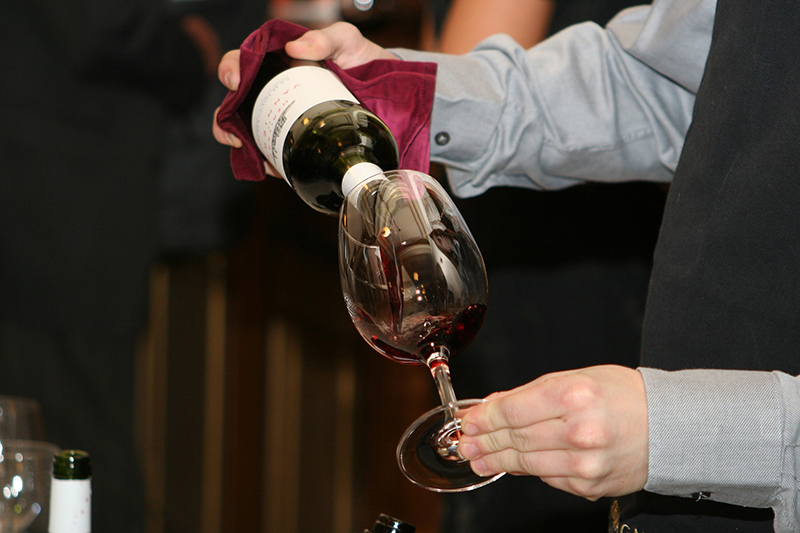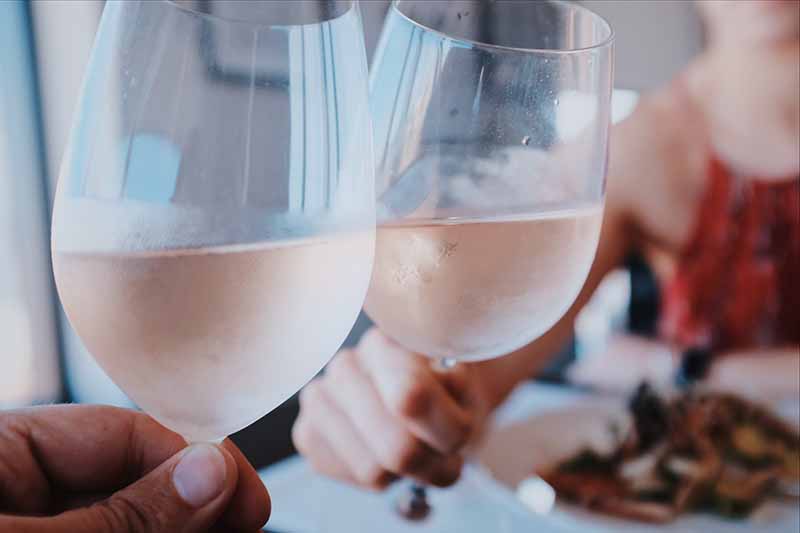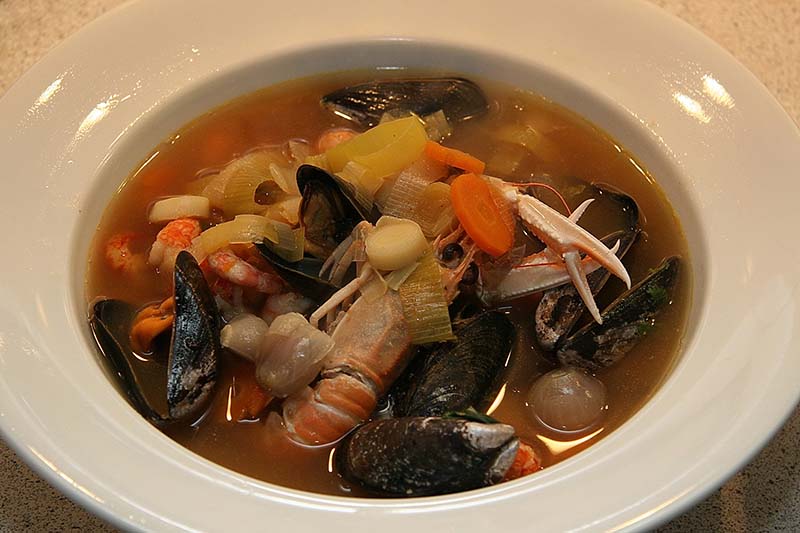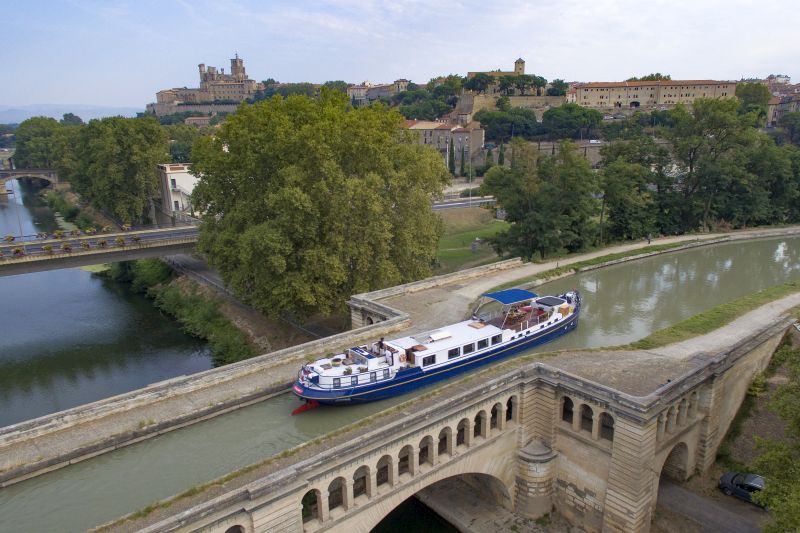Want to know more about Western Provence wines? Our handy little guide will reveal everything you need to know…
A History of Western Provence Wines

The city of Massalia, (modern day Marseille), was founded by the Phoenicians in 6th century BC. Traders from the east plied the Mediterranean and brought vines and wine to the area, planting grapes throughout the South of France. The wines produced during this period were not ‘red’ as we think of ‘red wine” today. Grapes were pressed and processed very quickly, giving the wines a pale colour.

When the Romans took control of the region in the 2nd century, the pink wines of Massalia were already famous and coveted throughout the ancient world. Having access to the Roman Empire’s trade network only spread the wine’s popularity. The Romans created Provence without greatly changing the Italian mode. Their cities and monuments are still its grandest features. The name Provence comes from the Latin “Nostra Provincia” meaning “our province”. Provence wines on the other hand, was, until very recently, nothing special: largely overstrong and under-flavoured rosé. The region was argued over by rulers of Barcelona, the Kingdom of Burgundy, the Holy Roman Empire and was dominated by the Catholic Church. Each culture contributed to the vast array of grapes now grown in Provence, but it was the Catholic monks who designed the vineyards and developed winemaking techniques which today are so important.
Despite its place in history, Provence is in the shadow of more prestigious areas – but things are changing! Sales of rosé, particularly in the United States, are on the upswing, growing faster than other styles of wine. Once again, ‘pink wine’ is chic and Provence is the benchmark for rosé. Ambitious, stylish and wealthy immigrants are often drawn to Provence’s legendary countryside and climate, and many have reinvented Provence wines. An increasing proportion of its rosé wines are gently made, intriguingly perfumed and dry enough to be perfectly paired with the garlic and olive oil which characterises the region’s cuisine. The second largest, and most western, AOC in Provence, Coteaux d’Aix en Provence is heavily influenced by the famous Mistral winds, and its landscape is as soft and undramatic as the wines tend to be. The vineyards here date back as far as 600 BC and were prized by the Royal Courts of Europe in the 15th century.

Today, rosé is king and is usually a blend of Grenache, Mourvedre, Cinsault, Syrah and Counoise. Cabernet Sauvignon is grown here too. Perhaps one of the most interesting domains in Côteaux d’Aix-en-Provence is the Château Vignelaure. Acquired by Georges Brunet of Bordeaux just after the Second World War, the winery sought to pioneer Provençal blends of Syrah and the non-native Cabernet Sauvignon. In the west of the region, producers use a higher concentration of Cabernet Sauvignon, which helps distinguish their wines. The vintners around Les Baux produce some exceptionally good wines, and many of their vineyards are organic.
Between Aix and the River Rhône is the sub appellation Les Beaux de Provence which was created in 1995 and named after the extraordinary hilltop village of the same name. Les Baux de Provence is probably the warmest part of Provence and its home to the Val d’Enfer or the “Valley of Hell”. Vineyards lie on the hillsides of the Alpilles mountains and, although the climate and rugged terrain are inhospitable, the conditions are perfect for grapes. On average, vines need a minimum of 1,400 hours of sunshine per year to produce ripe fruit. Les Beaux averages 2,700-3,000 hours per year. The AOC regulations now permit white Les Beaux de Provence, made mainly from Clairette, Grenache Blanc and the ever-growing-in-popularity Vermentino. Warmed by the sea and buffeted by Provence’s famous Mistral, this area is even better suited to organic viticulture than the rest of Provence. The Mistral wind keeps everything dry, so rot is not a problem and the average 3,000 hours of sun doesn’t hurt either! Today, 41% of the Provence wine-makers have ‘gone green’.

As might be expected of a region with a history of wine growing dating back to Roman times, Provence harbours some well-established wine zones. Perhaps the most historic is Palette on the north-facing, limestone-influenced bank of the River Arc just east of Aix, where the Rougier family of Château Simone have been making wine for over 200 years. Cassis, centred on the small port to the east of Marseille, also makes a serious effort with its distinctive, herbal-scented white wines which can be perfectly paired with the infamously local dish bouillabaisse.

Discover Provence aboard Anjodi
Discover Provence aboard luxury barge Anjodi, as she cruises between Avignon to Marseillan on selected departures. For more information on our Avignon to Marseillan Classic Cruise, click here >
 English
English
 Spanish
Spanish French
French German
German Norwegian
Norwegian Portuguese
Portuguese Swedish
Swedish Italian
Italian Russian
Russian Simplified Chinese
Simplified Chinese Japanese
Japanese

